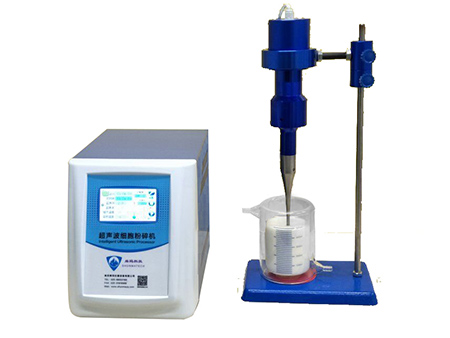1. The direct and repeated impact of the steam cavitation on the dirt layer, on the one hand, it will damage the adsorption of the dirt on the cleaning surface. On the other hand, it will also cause the fatigue damage of the dirt layer and break away from the cleaning surface.
2. The microbubbles (cavitation nuclei) in the liquid vibrate under the action of sound field. When the sound pressure reaches a certain value, the bubbles will grow rapidly and then suddenly close.
3. For solid particles covered by oil, the two liquids are rapidly dispersed and emulsified at the interface due to ultrasonic cavitation. Solid particles fall off.
4, gas body bubble vibration to scrub the solid surface, once the dirt has a seam can drill, bubble wine can "drill into the cracks for vibration, so that the dirt layer off. For example, the oxide layer of wine on the workpiece can be more easily stripped by bubbles.
5. Micro-jet generated by ultrasonic cavitation at the interface between solid and liquid can remove or weaken the convenient pollution layer, increase stirring effect, speed up the dissolution of soluble dirt, and strengthen the cleaning effect of chemical cleaning agent.
6. Cavitation bubbles themselves will be accompanied by a series of second-order phenomena, such as radiative torsion, during the oscillation process. The radial torsion forces act on the liquid itself in the uniform liquid, and then cause the circulation of the liquid itself, which is called the sound flow (streaming). This acoustic flow can act on a large range of magnitude, or it can be limited to a small range of micron magnitude, the latter is often called micro acoustic flow, it can make the surface of the vibration bubble in a very high velocity gradient adhesion stress, the stress is sometimes as high as 100Pa, enough to make the workpiece surface dirt damage and make it fall off.

